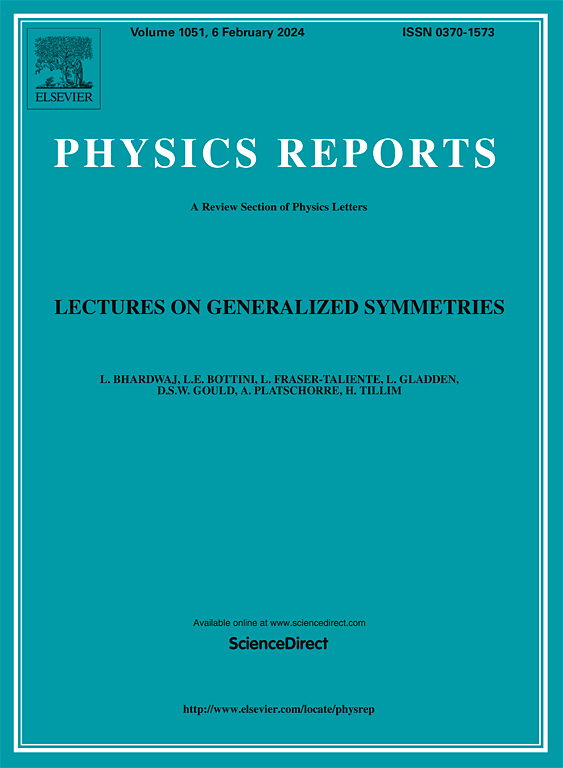Dark sector searches with the CMS experiment
IF 29.5
1区 物理与天体物理
Q1 PHYSICS, MULTIDISCIPLINARY
引用次数: 0
Abstract
Astrophysical observations provide compelling evidence for gravitationally interacting dark matter in the universe that cannot be explained by the standard model of particle physics. The extraordinary amount of data from the CERN LHC presents a unique opportunity to shed light on the nature of dark matter at unprecedented collision energies. This Report comprehensively reviews the most recent searches with the CMS experiment for particles and interactions belonging to a dark sector and for dark-sector mediators. Models with invisible massive particles are probed by searches for signatures of missing transverse momentum recoiling against visible standard model particles. Searches for mediators are also conducted via fully visible final states. The results of these searches are compared with those obtained from direct-detection experiments. Searches for alternative scenarios predicting more complex dark sectors with multiple new particles and new forces are also presented. Many of these models include long-lived particles, which could manifest themselves with striking unconventional signatures with relatively small amounts of background. Searches for such particles are discussed and their impact on dark-sector scenarios is evaluated. Many results and interpretations have been newly obtained for this Report.
用CMS实验进行暗区搜索
天体物理观测提供了令人信服的证据,证明宇宙中暗物质的引力相互作用无法用粒子物理学的标准模型来解释。来自欧洲核子研究中心大型强子对撞机的大量数据为揭示暗物质在前所未有的碰撞能量下的本质提供了一个独特的机会。本报告全面回顾了最近使用CMS实验对属于暗部门的粒子和相互作用以及暗部门介质的搜索。通过寻找缺失的横向动量反冲到可见的标准模型粒子的特征来探测具有不可见的大质量粒子的模型。对中介的搜索也通过完全可见的最终状态进行。将这些搜索结果与直接检测实验结果进行了比较。另外,还提出了预测具有多个新粒子和新力的更复杂的暗扇区的替代方案。这些模型中有许多都包含了寿命较长的粒子,它们可以在相对较少的背景下以惊人的非常规特征表现出来。讨论了对这类粒子的搜索,并评估了它们对暗扇区情景的影响。本报告新获得了许多结果和解释。
本文章由计算机程序翻译,如有差异,请以英文原文为准。
求助全文
约1分钟内获得全文
求助全文
来源期刊

Physics Reports
物理-物理:综合
CiteScore
56.10
自引率
0.70%
发文量
102
审稿时长
9.1 weeks
期刊介绍:
Physics Reports keeps the active physicist up-to-date on developments in a wide range of topics by publishing timely reviews which are more extensive than just literature surveys but normally less than a full monograph. Each report deals with one specific subject and is generally published in a separate volume. These reviews are specialist in nature but contain enough introductory material to make the main points intelligible to a non-specialist. The reader will not only be able to distinguish important developments and trends in physics but will also find a sufficient number of references to the original literature.
 求助内容:
求助内容: 应助结果提醒方式:
应助结果提醒方式:


